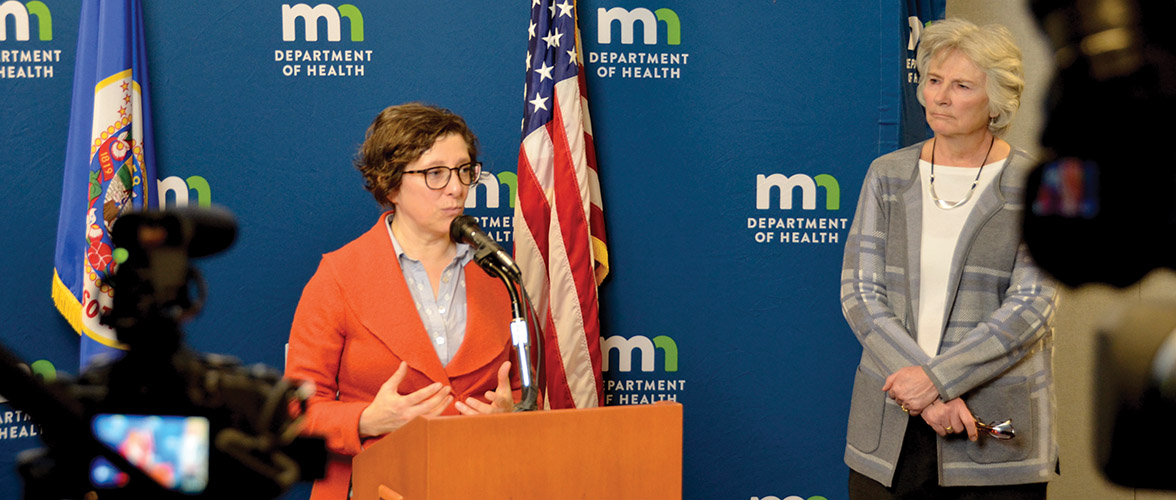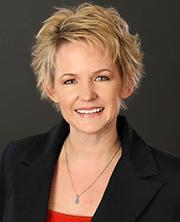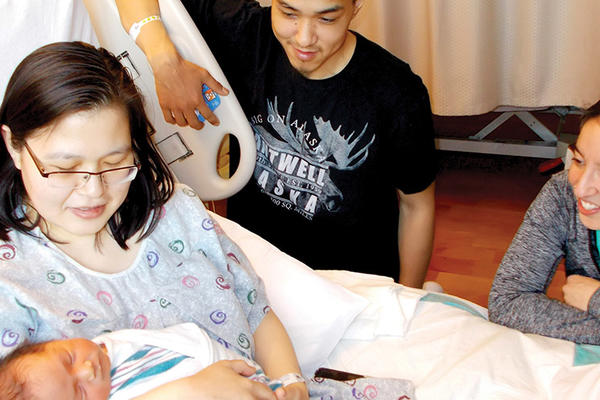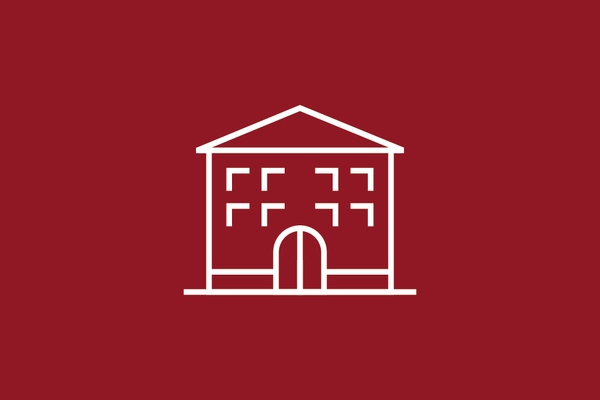A groundbreaking understanding of sexually-exploited students
New study is the first ever to estimate the prevalence of sex trading among high school-aged youth in Minnesota
March 26, 2020
Brett Stursa

In a groundbreaking study, researchers at the University of Minnesota have been able to estimate the prevalence of sexual exploitation among high school-aged young people.
“I’ve been researching sex trading and trafficking for over 15 years. The single biggest question I get is how many victims are there, how many people are involved? Until now, we haven’t been able to say how many young people are involved in trading sex. This is a significant moment for the state of Minnesota,” said Associate Professor Lauren Martin, PhD.
In 2019, the Minnesota Student Survey (MSS), a state-wide survey that asks high school students about health risk-taking behaviors, added a question about sex trading to the 9th and 11th grade survey. The question was, “Have you ever traded sex or sexual activity to receive money, food, drugs, alcohol, a place to stay, or anything else?” with yes/no response options

Of the 71,000 students who answered the question, 1.4 percent answered yes. Researchers used that proportion and census data to estimate that at least 5,000 youth in Minnesota have traded sex for something of value. “Though this number is likely an underestimate, it provides a critical foundation for how our state will identify, serve, work with and build on the assets and strengths of young people involved in trading sex,” said Associate Professor Barb McMorris, PhD, an expert on adolescent health, youth violence and risk prevention with extensive experience analyzing MSS data, who partnered with Martin on the research.
First in the nation
Minnesota is the first state in the nation to estimate the prevalence of sexual exploitation among high school-age youth. The data analysis, which was funded by a grant from the Women’s Foundation of Minnesota, shows that some groups of young people are more likely to be affected by trading sex and sexual exploitation. Youth in juvenile correctional facilities, foster care and unstable housing all reported higher levels of sexual exploitation.
Young people across the state say they have traded sex, with slightly higher levels in northern Minnesota. Youth of all gender identities and races reported sexual exploitation, with girls and boys at approximately the same rate. Transgender students and students unsure about their gender identity reported much higher levels of trading sex.
“With this new data, it’s clear that we must raise awareness about sexual exploitation of youth. We need to tell young people about the dangers and offer hope, help and a path to a brighter future for young victims,” said Jan Malcolm, commissioner of the Minnesota Department of Health, which was a research partner.
Minnesota has a history of being a national leader in responding to the needs of sexually exploited youth. Minnesota’s Safe Harbor program is a statewide initiative designed to give young people the tools they need – housing, education and support from trusted adults – to leave sexual exploitation and human trafficking and live healthy lives. Minnesota is the only state that has invested money into its Safe Harbor legislation, which Martin’s research helped inform when it was first passed in 2011.
A research interest in gender, oppression and community wellness
This new data is a profound discovery that can be used to shape future research, policy and practice, according to Martin, whose expertise is in community-based, participatory and action research on sex trading and trafficking in the community context with a focus on health promotion and wellness.
Some may consider it an unlikely research focus for someone with a doctoral degree in anthropology and historical studies, whose dissertation was The Devil and the Domestic: Witchcraft, Women’s Work and Marriage in Early Modern Scotland.
“My strong interests were always in gender, oppression, roots of oppression and understanding community wellness,” said Martin. “Those are the themes that have gone through my work forever.”
Martin’s first opportunity to conduct research in partnership with the community was in 2004 after community members said they were concerned about prostitution in the neighborhood. From there, she continued to explore questions regarding sex trading and trafficking in north Minneapolis.
“I got to know people and I really care about the neighborhood,” said Martin. “People share their stories and once people start to share their stories with you it becomes a whole different ballgame.”
She joined the School of Nursing last year as an associate professor, after serving as director of the Urban Research and Outreach Engagement Center at the University of Minnesota. For Martin, the move to the School of Nursing made sense because of the school’s focus on population health and partnering with communities to improve health.
“In my first research project, what I learned from people who are victims of trafficking is that nurses make a huge difference. Nurses are people that victims turn to when they need help,” said Martin. “I’ve always known that there is a special relationship that nurses can have with people who are marginalized.”
Prevention, intervention opportunities
Martin and McMorris are now turning their attention to identifying prevention and intervention opportunities with a recent grant award from the Carlson Family Foundation. As they connect with communities across the state they will develop community-tailored strategies that prevent youth from being exploited and identify pathways out of risky behavior.
“This new data combined with community wisdom is going to shed new light on what we need to do in this state to prevent youth from getting involved in sex trading and then to intervene in those instances where they have been involved,” said Martin.
They see a significant opportunity for school nurses to learn about the issue and be better equipped to help serve victims of trafficking and young people who are involved in trading sex.
“Youth who trade sex are in our classrooms, they’re are in our clinics, but we don’t yet know who they are. They are a population that is hidden in plain sight,” said McMorris. “This data is going to help us better identify, reach out and support them to thrive.”


